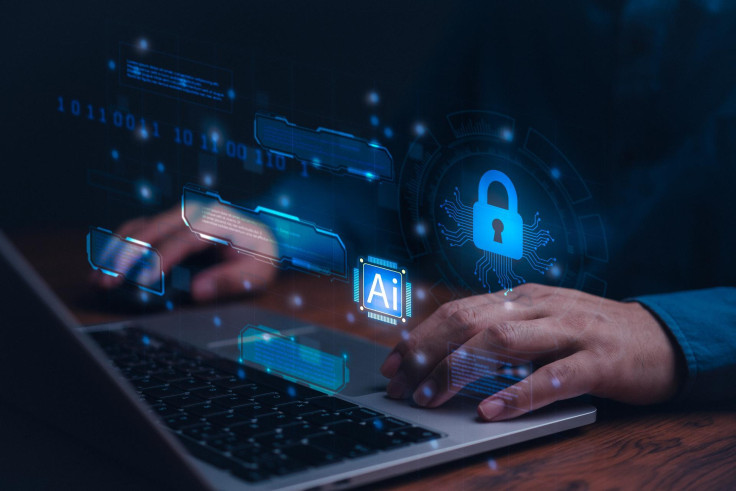How AI Is Changing Cybersecurity in 2024
AI is now a key tool in coping with cybercriminals

Like any other landscape, the digital one is constantly changing. The threats have become more sophisticated, with businesses and people experiencing attacks at an unprecedented rate. This challenge has led to an unparalleled alliance between artificial intelligence and cybersecurity.
In 2024, AI is not a distant dream but a key tool in coping with cybercriminals. AI will fundamentally shift our approach to cybersecurity, ranging from predictive threat detection to automated responses.
AI's Role In Threat Detection
AI is revolutionising cybersecurity in one crucial way: its enhanced precision and speed of threat detection. Most traditional systems rely on programmed rules or historical data for attack detection. However, there are many dynamic cyber threats in modern times, with new variations cropping up each minute.
AI-powered systems, such as Guard.io, can analyse large quantities of data in real time and reveal patterns indicative of potential risks. They use machine learning algorithms to learn from past incidents and adapt to identify new types of malware, phishing, and other forms of attacks.
For example, AI monitors network traffic for anomalies that may indicate malicious activity. Predictive analytics enables the detection of threats well in advance, often before actual attacks have caused significant harm.
Automated Incident Response
Another area where AI is making an impact is automatically responding to cyber threats. If an attack is detected, it becomes a race against time. Delays responding to a breach can have disastrous results, from data loss to financial ruin. AI systems can act significantly faster than humanly possible responses to cyber threats by automating security protocols that instantly contain a breach and limit its impact.
Automated incident response becomes all the more important for businesses that lack 24/7 cybersecurity teams. AI can immediately act to isolate the affected systems, alert administrators, or neutralise particular types of malware. This rapid response not only reduces damage but also continues to keep the security running unbroken, minimising the possibility of prolonged threat exposure.
Enhanced Identity Verification and Fraud Prevention
AI also modernises identity verification and fraud prevention. Due to the rise in e-commerce, online banking, and digital transactions, verifying users' identities securely has become a necessity. AI-based systems can analyse several factors, such as biometric data, behavioural patterns, and device fingerprints, to determine if a user is authentic.
AI can monitor the style in which a user types or moves their mouse to flag actions unusual for that particular user. This approach helps detect fraudulent activities while minimising inconvenience to legitimate users. This scrutiny is necessary, considering identity theft and unauthorised access to sensitive information.
Besides identification, AI also plays a vital role in fraud detection. Using machine learning models, one can analyse real-time transaction data to flag suspicious activities that could indicate fraudulent behaviour.
Challenges and Limitations of AI in Cybersecurity
The big challenge going ahead is that cybercriminals have also started using AI to further their attacks. With AI, hackers can build more sophisticated malware, run automatic phishing campaigns, and exploit vulnerabilities much faster.
That has fueled a new arms race where defenders and attackers seek to outmanoeuvre each other with the same technology. While AI systems are phenomenally powerful, they aren't perfect. Sometimes, genuine activity can be misinterpreted as malicious and create unnecessary fuss.
For such risks, cybersecurity teams have to be on their toes, constantly refining AI algorithms and ensuring that human judgment plays an overriding role in all critical decisions. Many businesses, especially small-scale organisations, barely have the appropriate budgets or expert knowledge to embody such advanced systems.
AI is rewriting the cybersecurity landscape, offering new protective tools against an evolving array of sophisticated threats. However, AI allows businesses and individuals to protect themselves in cyberspace through advanced threat detection, incident response automation, and improved identity verification. Yet, it differs little from any other new technology because they all carry problems.
As cybercriminals begin to actively use AI for their nefarious activities, cybersecurity experts must outsmart them by continuously improving systems and using AI responsibly. Eventually, AI will not be the magic required in cybersecurity; indeed, it will form part of the evolving toolkit.
© Copyright IBTimes 2025. All rights reserved.





















